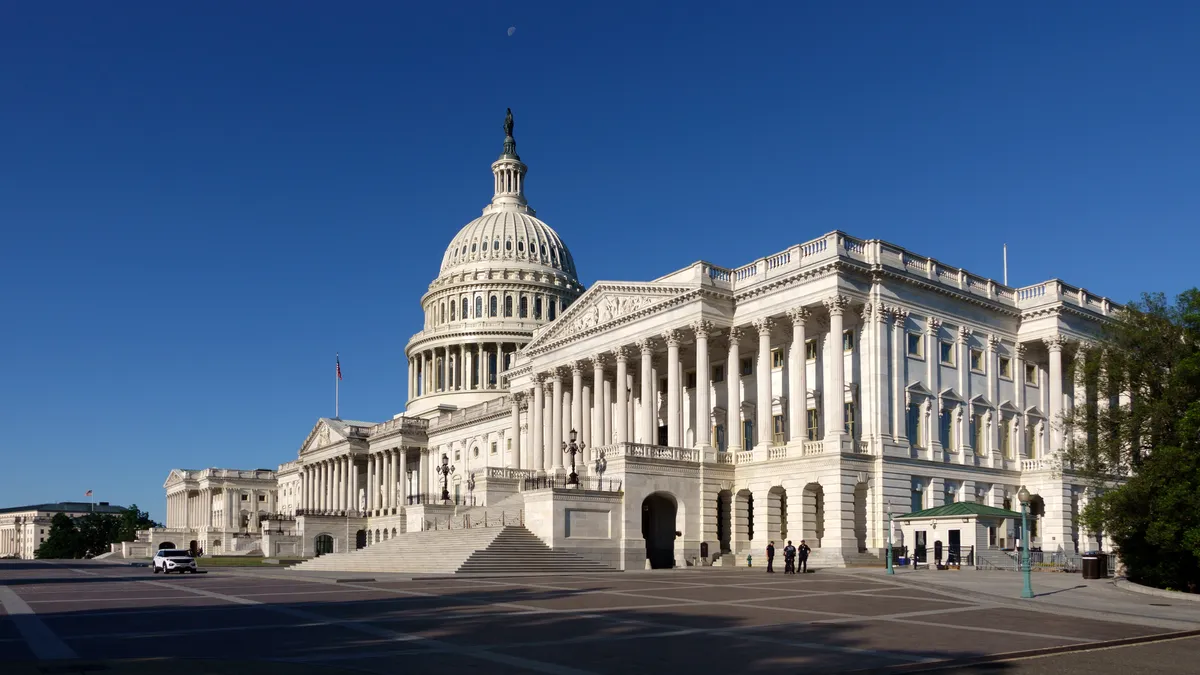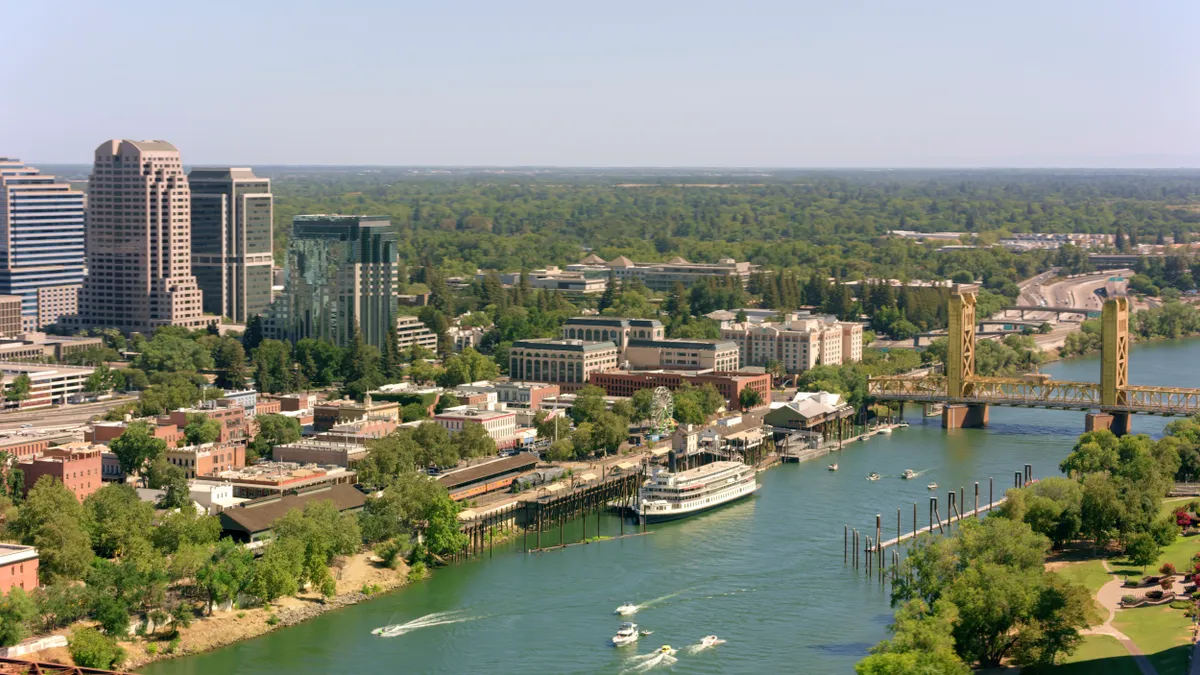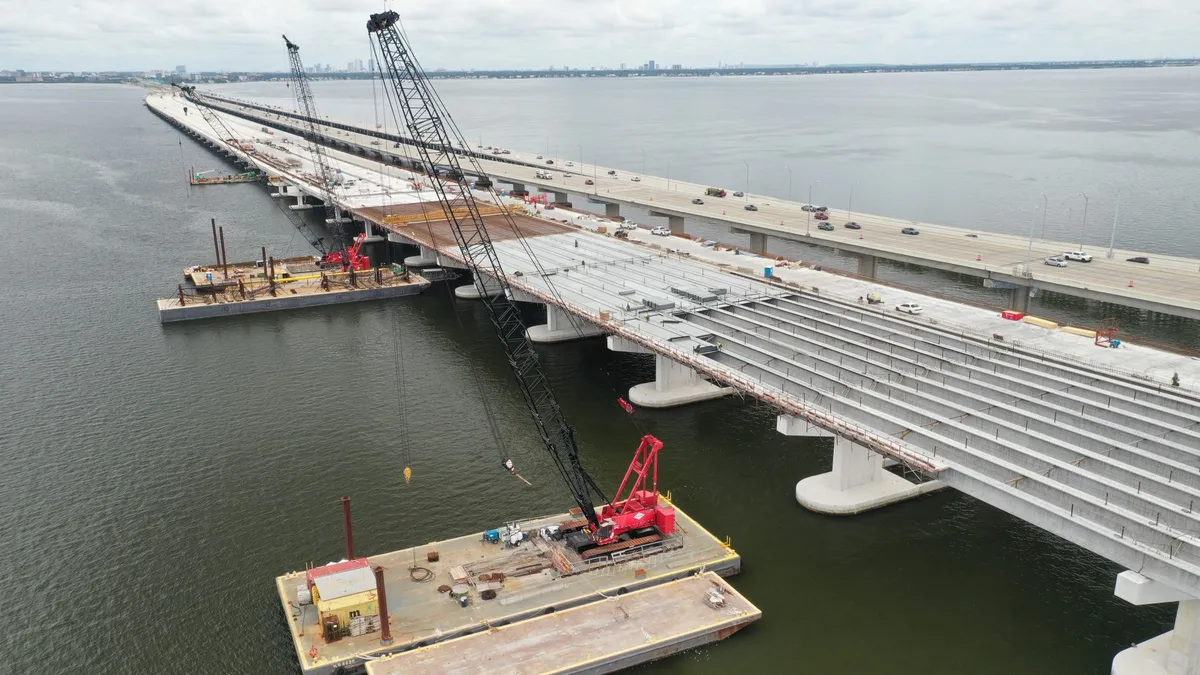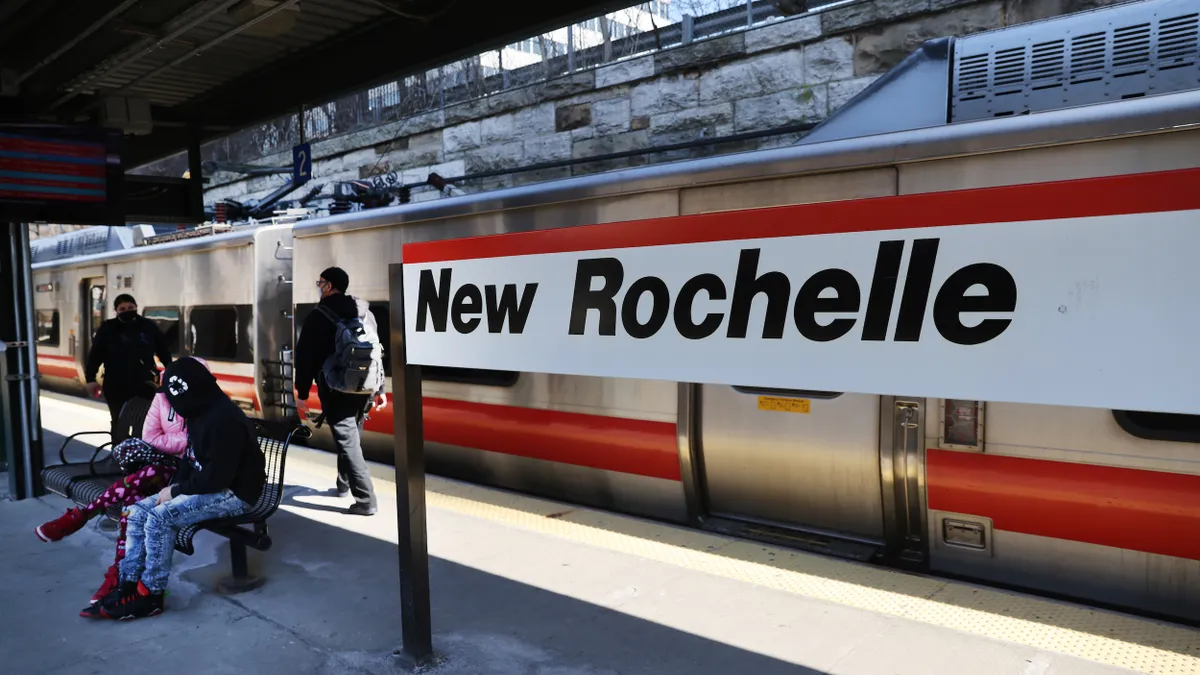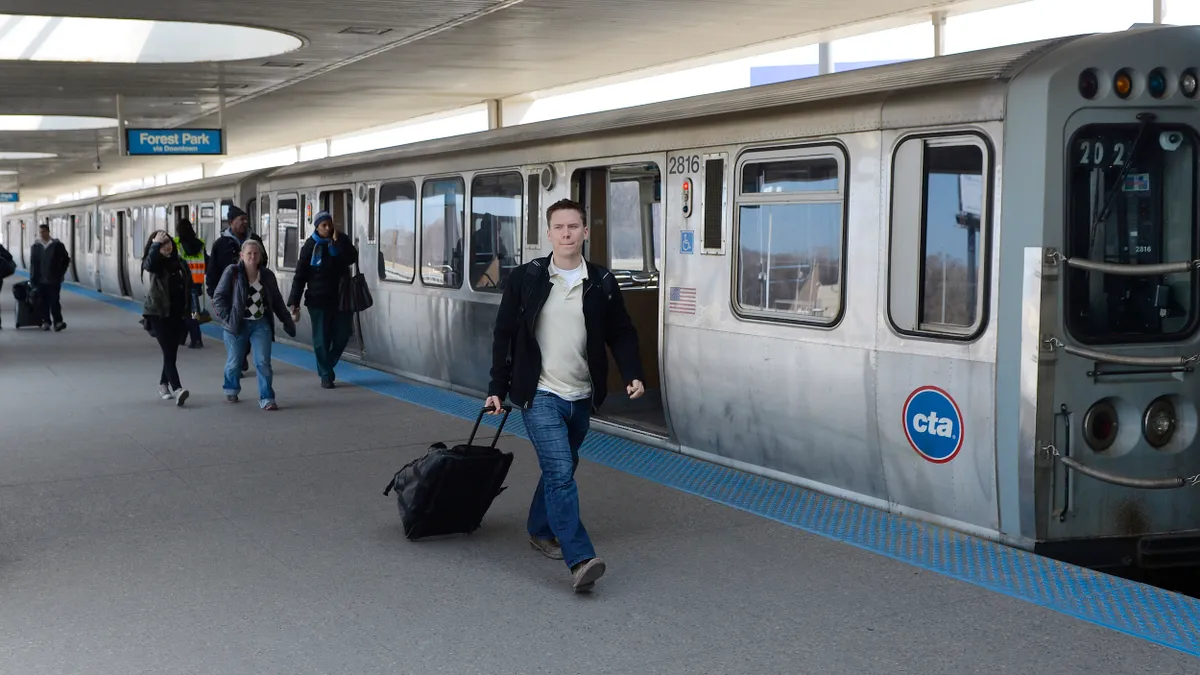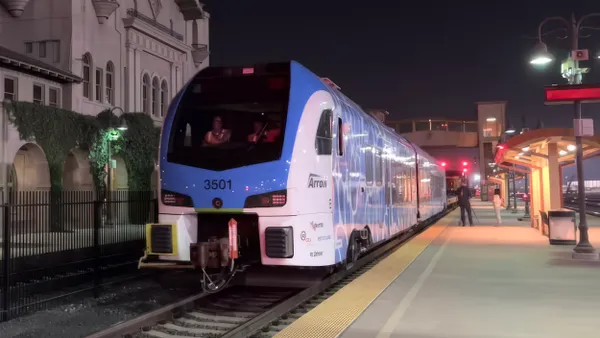As Congress stumbles toward a likely government shutdown at midnight on Oct. 1, state and local officials, including those responsible for law enforcement and transportation, are assessing how a shutdown would affect their operations. Depending on the length of any shutdown and the specific federal personnel and agencies it would affect, some impacts could be minimal but others may have serious consequences.
If Congress does not enact fiscal year 2024 appropriations or a continuing resolution to fund government activities at current levels before the midnight deadline, the federal government activities that depend on annual appropriations will come to a halt once their funding runs out. Only 10 times since 1977 has the federal government lacked legal authority to spend money; it went into shutdown mode nine of those times. The most recent and longest shutdown began Dec. 21, 2018, during the Trump administration and lasted 34 days.
Federal agencies are developing contingency plans to determine which workers they will furlough without pay. Those workers need to prepare for an indefinite layoff. “What are they working on right now?” asked Governors Highway Safety Association CEO Jonathan Adkins in an interview. “They’re trying to figure out their shutdown procedures.”
Federal employees considered essential — including air traffic controllers, most federal law enforcement, customs, immigration and border patrol officers, and Transportation Security Administration screeners — will be required to continue working without pay. According to the White House, more than 13,000 air traffic controllers and 50,000 transportation security officers would be working unpaid. “In previous shutdowns, this led to significant delays and longer wait times for travelers at airports across the country,” a Sept. 27 White House statement says.
“A government shutdown would reduce federal safety oversight, strain airport security, delay much-needed infrastructure and planning projects, and furlough thousands of hard-working public servants,” said Greg Regan, president of the Transportation Trades Department of the AFL-CIO, in a Sept. 27 letter to Congress the TTD forwarded to Smart Cities Dive.
Regan also noted in the letter that recent shutdowns have not only affected federal employees, but also many contract employees who will not receive back pay after the shutdown ends. These include workers who clean, provide food service and perform other duties at federal facilities across the country. “Women and people of color comprise a larger proportion of the low-wage service workforce and are more likely to experience layoffs and have the least financial resources to cope with a loss of income. The shutdown exacerbates injustice as it primarily affects vulnerable populations,” he wrote.
A shutdown could also affect federal food assistance programs that more than 40 million people already rely on. Unpaid federal workers could add to the demand on food pantries.
The good news for states and cities is that Federal Transit Administration activities will continue. Because FTA staff are funded by the Highway Trust Fund or advanced appropriations from the 2021 infrastructure law, all 700 FTA employees will stay on the job, the American Public Transportation Association reports. However, it’s not clear if the FTA will be able to approve new grants. And if a program involves other agencies that close, affected projects could be delayed.
Amtrak trains will continue running, but the Rail Passengers Association warns that Amtrak can’t operate indefinitely without receiving congressionally appropriated funds. Where Amtrak may be hurt most is in the many new projects it seeks to advance, such as the intercity passenger rail corridor program, Northeast Corridor infrastructure and other projects.
About 35% of Federal Railroad Administration employees would be furloughed during a government shutdown, according to APTA. That would halt almost all activities but safety-related functions, likely delaying grants for high-speed rail projects in California and Nevada.
The impacts of a government shutdown go beyond transportation, however. They can affect public safety as well. Both police and fire departments depend on federal grants for some training, equipment or other initiatives, said Yucel Ors, director of public safety and crime prevention at the National League of Cities, in a post on the NLC website. “Local governments often need to develop contingency plans to mitigate the impact of a federal government shutdown on their public safety programs,” Ors writes. “These plans may involve reallocating local resources, exploring alternative funding sources, or temporarily suspending non-essential activities until federal funding is reinstated.”
Long term, GHSA’s Adkins sees risks to road safety from delayed funding for traffic enforcement programs such as speeding or drunk driving enforcement. He described potential federal funding delays as having a “silencing effect” on local and state spending, likening it to a loss of personal income. “You’re not going to go hungry, but you’re sure as heck not going to start thinking about any future expenses or any future endeavors. You’re just going to try and keep the lights on and keep yourself fed, and that’s really I think the same for state highway safety agencies.” Delays in rulemaking at the National Highway Traffic Safety Administration on road safety issues are also “concerning,” Adkins said.



